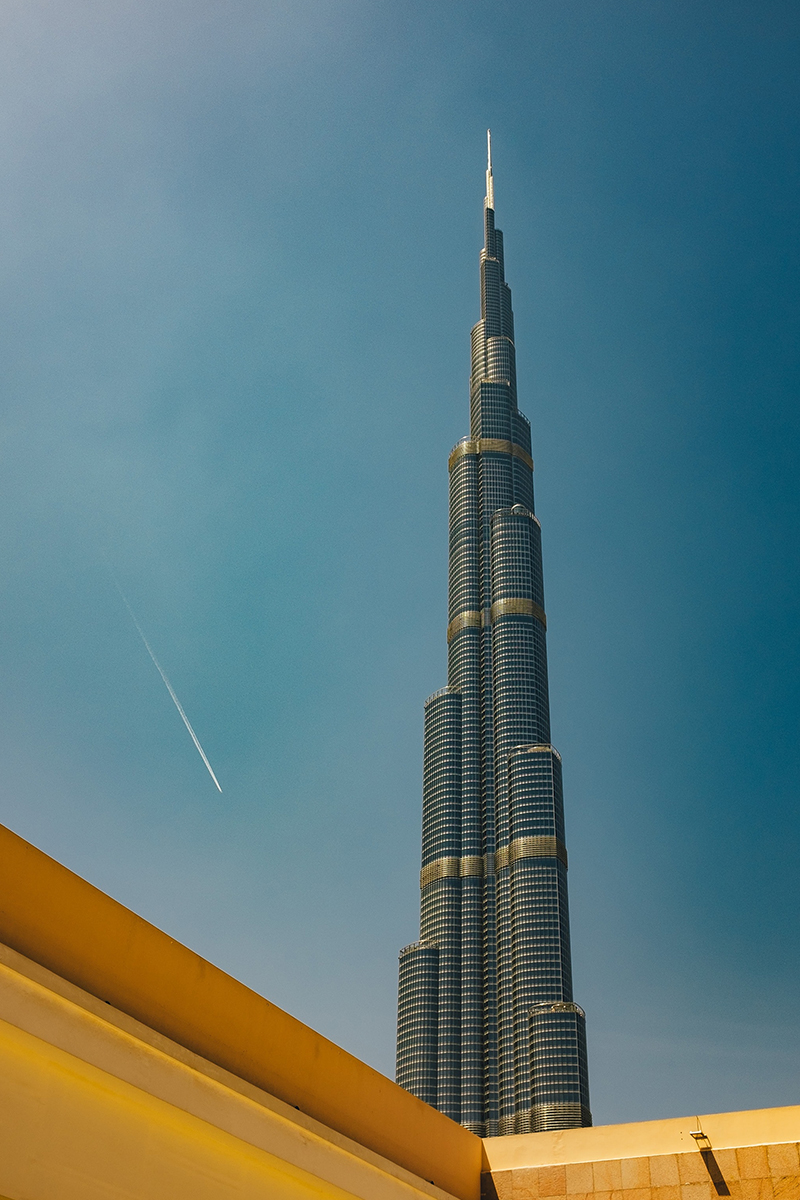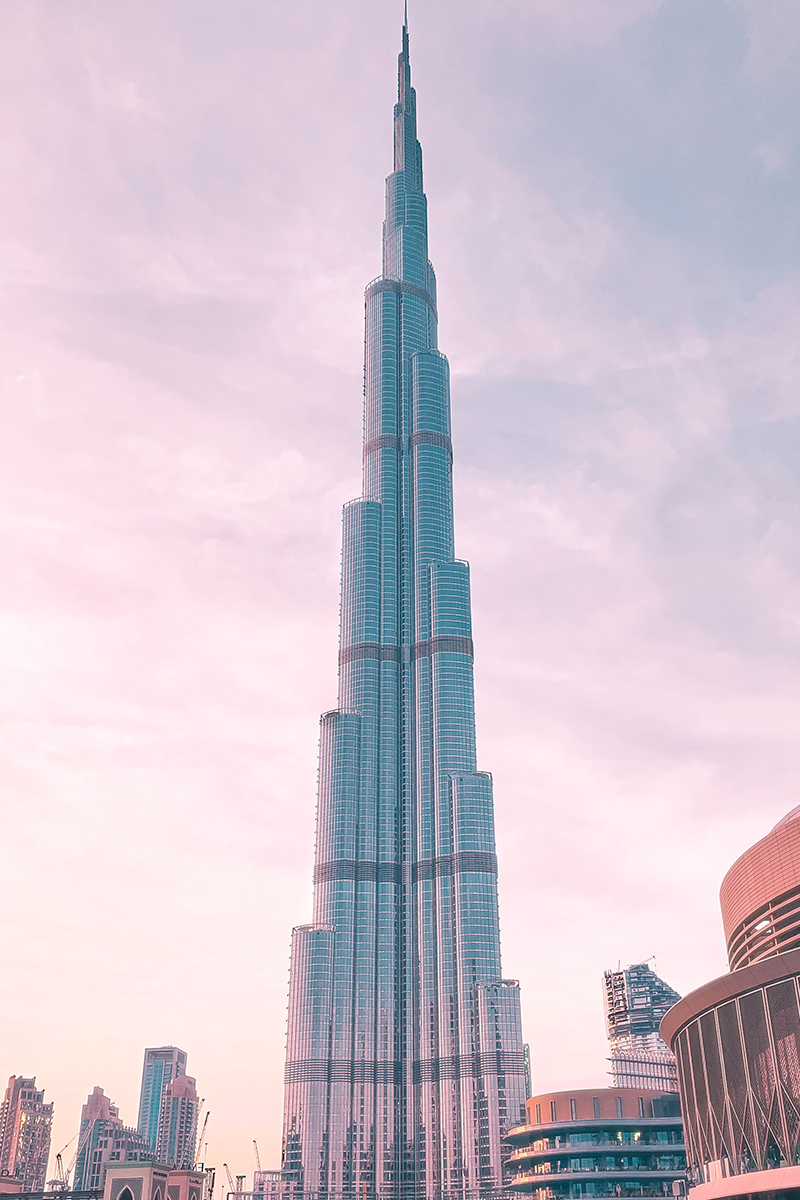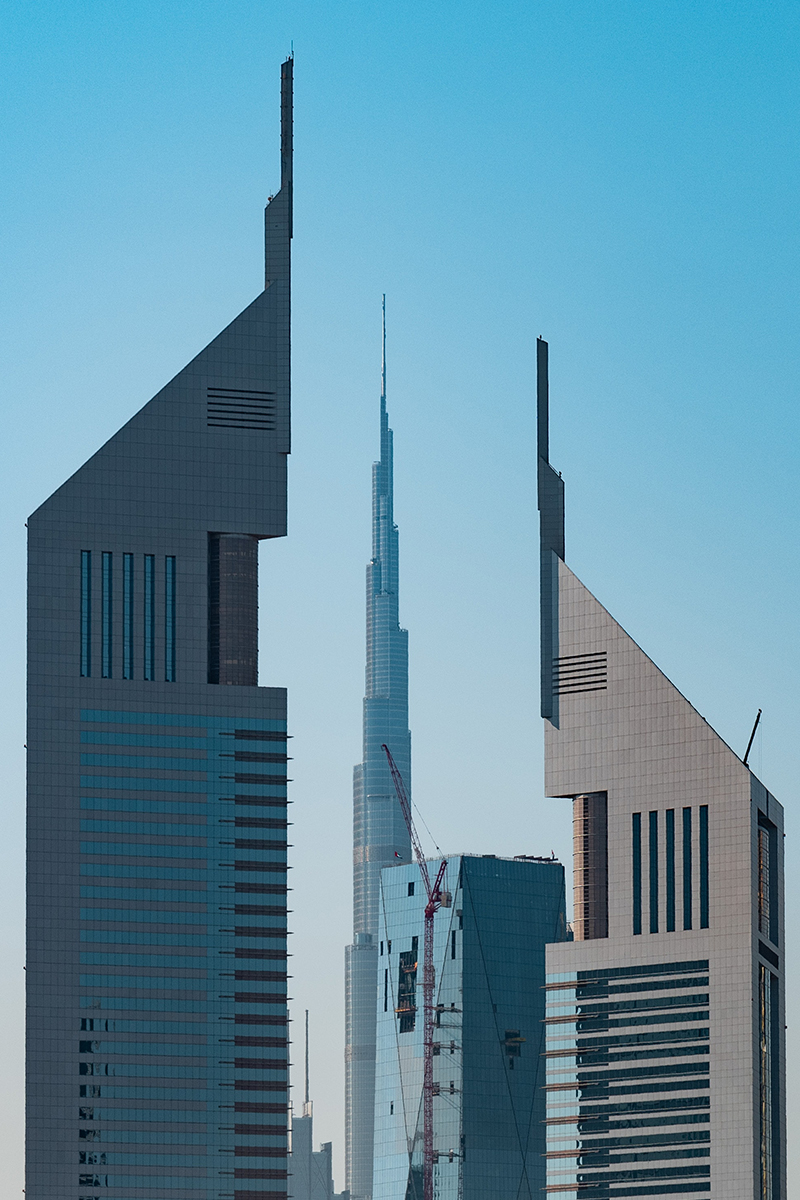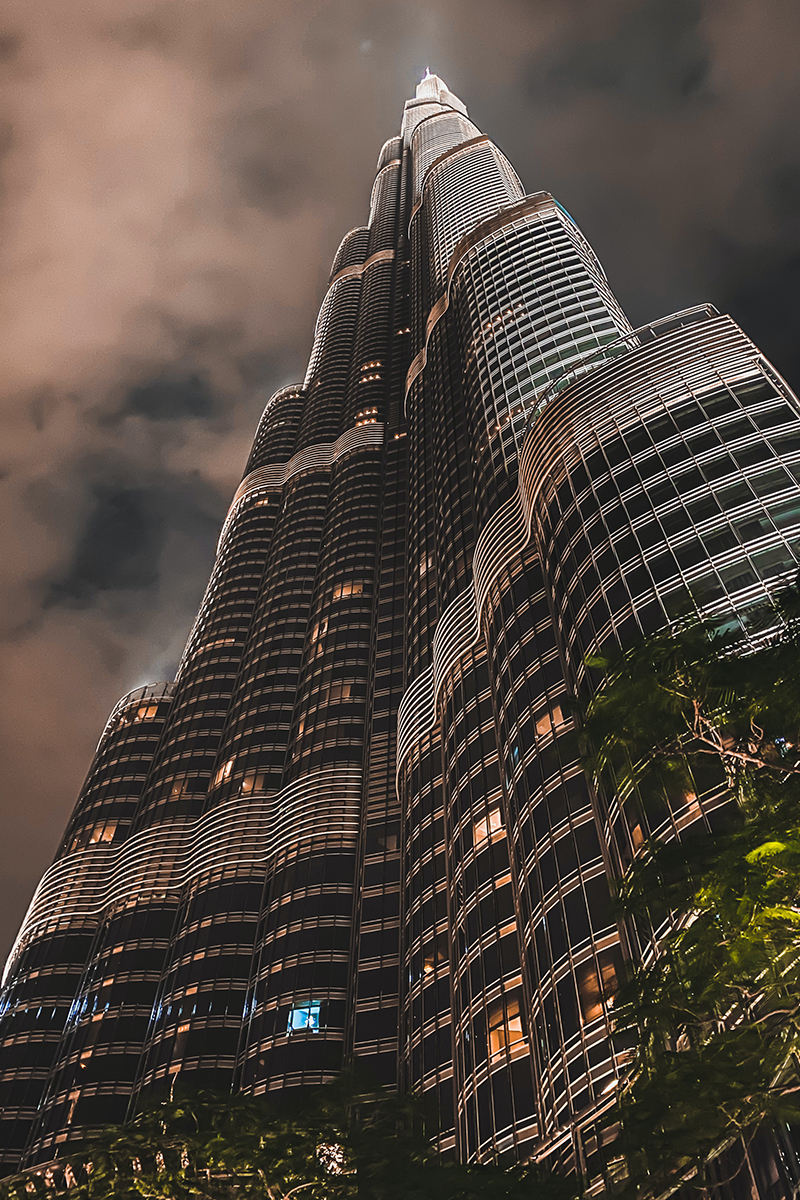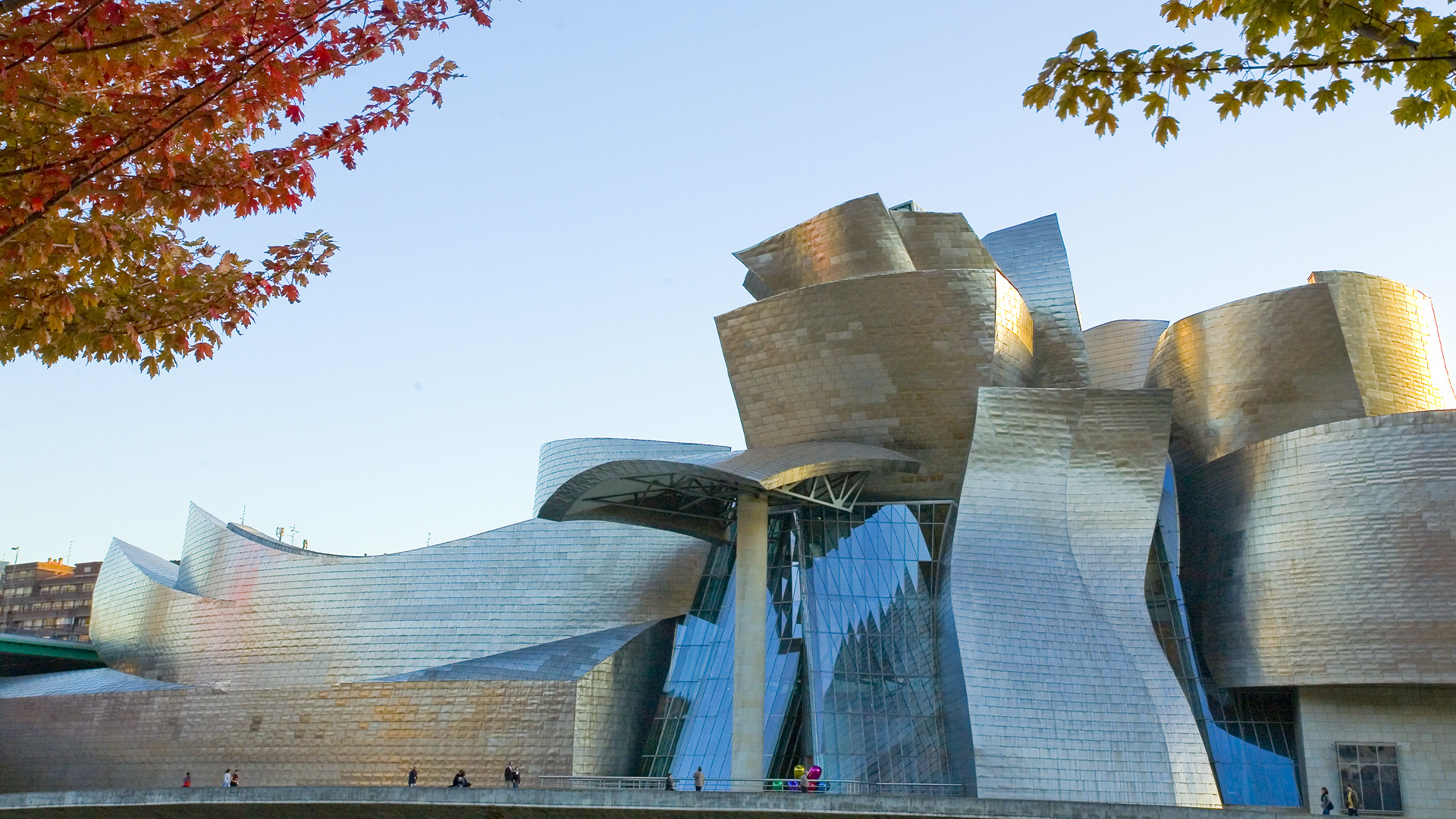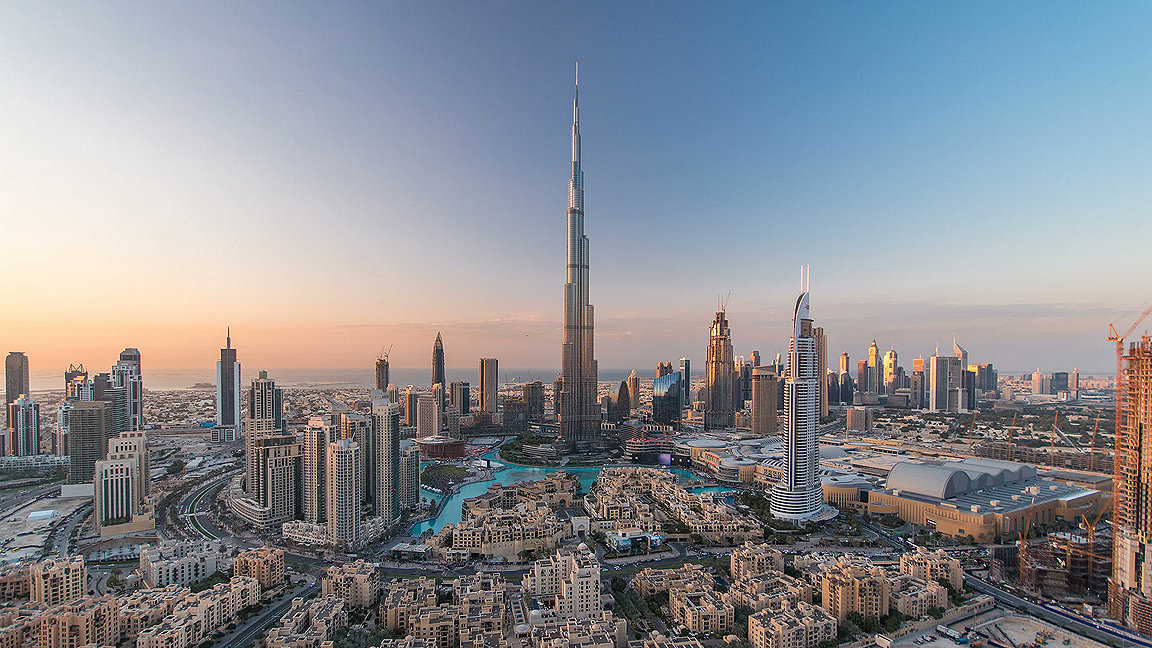
Tom Cruise’s ascent of and leap from Dubai’s Burj Khalifa in 2011’s Mission Impossible 4 – Ghost Protocol brought together two global idols, from Hollywood and the Middle East.
The Hollywood actor spent years forging his iconic status in blockbuster films stretching right back to the early 1980s, while the Burj Khalifa was created with the sole purpose of being iconic from the get-go. Sheikh Mohammed Bin Rashid Al Maktoum, vice president and prime minister of the UAE and Ruler of Dubai is said to have stated he wanted to create a benchmark in Dubai by having something so spectacular that it would transcend anything created so far by man.
“The Burj Khalifa is, unashamedly, meant to represent the dominance of a city state. It is a defining icon of the city,” says Gary Dicken, architect director and studio lead for BDP MENA.
“The record-setting height of the Burj Khalifa and the exclamation point it adds to the Dubai skyline declares even to non-architects that this building was not designed ‘from the inside out’ but as a visual statement to the world that Dubai had arrived as a regional commercial centre,” says Ann Gray FRICS, Gray Real Estate Advisors.
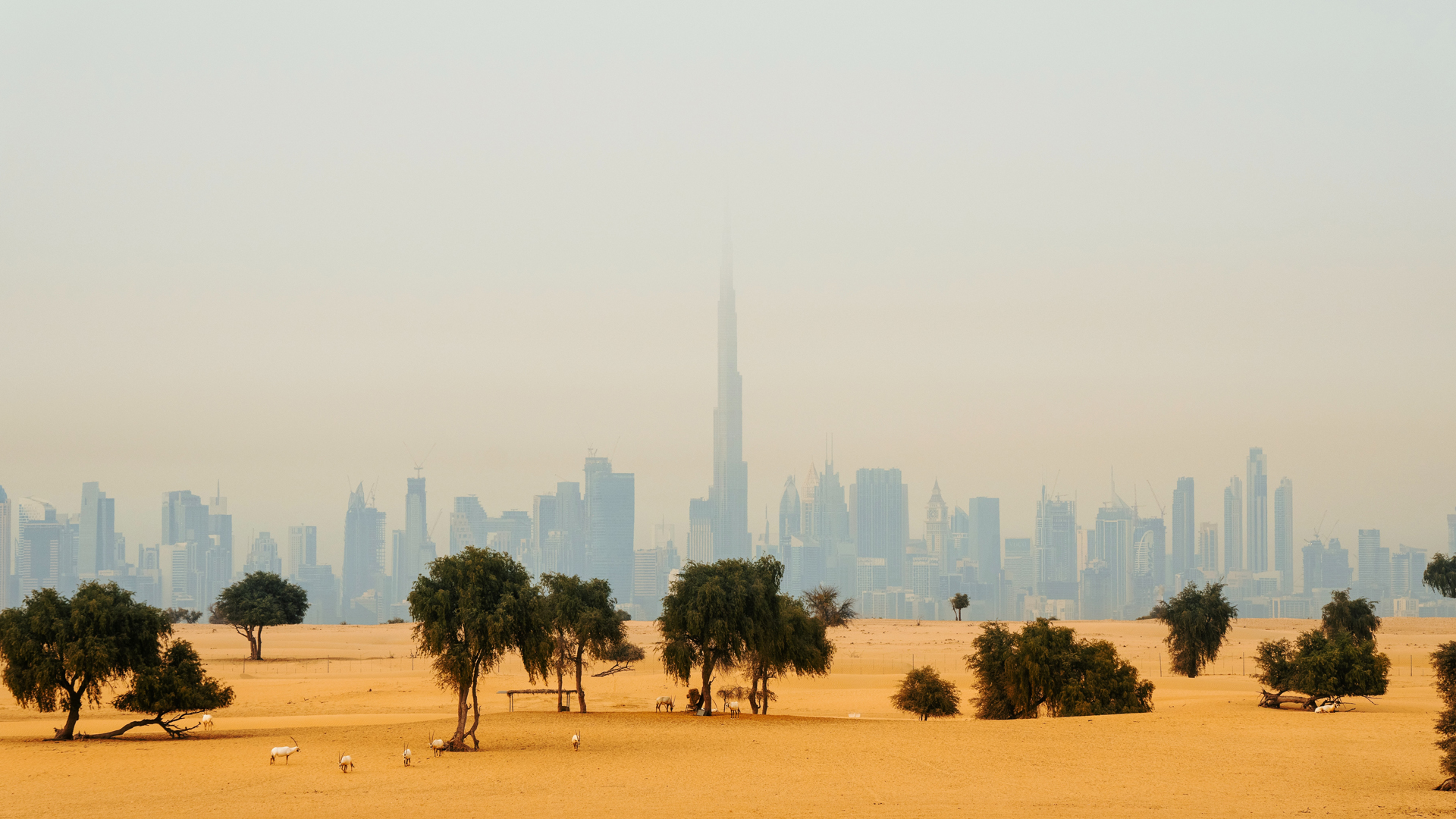
Domination was the aim. Designed by SOM architects, with Adrian Smith FAIA, RIBA, consulting design partner – work started in 2004, finishing in 2010. It rises from the sands to a towering 830m, dwarfing New York’s 443m Empire State Building. At its base is a hotel, with 900 apartments, restaurants, pools, fitness centres and lounges going up to the mid-section. There are offices in the top floors and the tip of the sphere can be seen up to 59 miles away.
It’s so tall that the sun can still be seen for several minutes after it has set for those on street level. Dubai clerics ruled that those above the 80th floor should therefore wait an extra two minutes to break their Ramadan fast. And if you happen to be above the 150th floor, wait an extra three minutes.
The Burj Khalifa differs from other landmark developments in not being a vessel for regeneration. “This building is part of a curious typology conceived to serve a non-local population,” says Gray. Rather, it is the wider downtown masterplan not solely the tower that makes the most positive contribution to the Dubai-dweller, says Dicken. “But [the tower] does contribute magnificently to the downtown experience. Despite its towering presence, it does not dominate or compromise.”
Set in the city’s central neighbourhood Downtown Dubai, it is the centrepiece of a large-scale, mixed-use development that includes 30,000 homes, nine hotels, 7.4 acres of parkland, 19 residential skyscrapers, the Dubai Mall, and the 30-acre artificial Burj Khalifa Lake.
Dicken says the district is a “successful example of an existing city creating a new business and cultural area that has raised Dubai’s status, while allowing the original heart of the old trading city around the creek to be preserved.”
“The Burj Khalifa is, unashamedly, meant to represent the dominance of a city state. It is a defining icon of the city” Gary Dicken, BDP
“The record-setting height of the Burj Khalifa and the exclamation point it adds to the Dubai skyline is a visual statement to the world” Ann Gray FRICS, Gray Real Estate Advisors
Taimur Khan, head of research for CBRE in the Middle East, says Dubai Downtown has established itself as the new centre of Dubai, and without the Burj Khalifa, the skyline of Dubai would be unrecognisable. “It is little surprise then, that given all of these amenities and the stature of the Burj, residential projects in Downtown Dubai command almost a 78% premium compared to the city average of July 2021,” he says.
Much is made of the building’s height, but that is only one aspect of the Burj Khalifa, adds Khan: “Its architecture and engineering feats must also be appreciated and recognised.”
The official burjkhalifa.ae website states the architecture features “a triple-lobed footprint, an abstraction of the Hymenocallis flower”, with the tower made-up of three elements arranged around a central core. It adds: “The central core emerges at the top and culminates in a sculpted spire. A Y-shaped floor plan maximizes views of the Arabian Gulf. Viewed from the base or the air, Burj Khalifa is evocative of the onion domes prevalent in Islamic architecture.”
Sustainability wasn’t forgotten in the mission to build the world’s tallest building – the exterior cladding is silver coated to improve insulation and solar panels were installed to heat up to 140,000 litres of water each day.
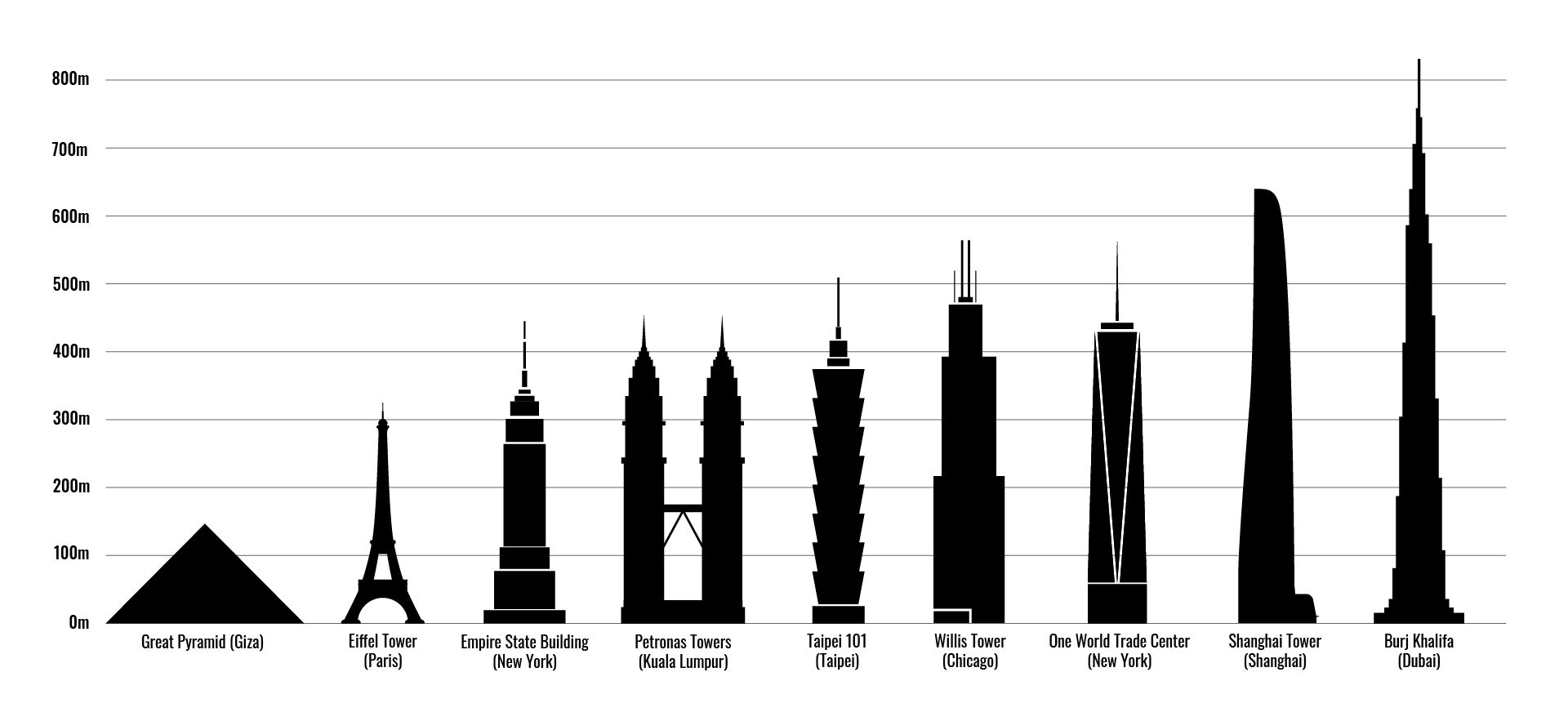
There is longevity in the building too, says Dicken: “It is technologically advanced and exceptionally crafted. If it is appropriately cared for, it will stand the test of time. It is hard to imagine Dubai without the Burj Khalifa. It certainly defines the place and is a symbol of unity between the Emirates.”
Gray agrees: “In most regards the Burj Khalifa will not be easily duplicated, and it is likely to serve out its intended purpose for a very long time.”
The images of Tom Cruise fearlessly running around the outside of the Burj Khalifa are regarded as a defining piece of cinematic stunt work. The building itself will long be regarded as an architectural status symbol of Dubai and how it wants to present itself in full technicolour to the rest of the world.

